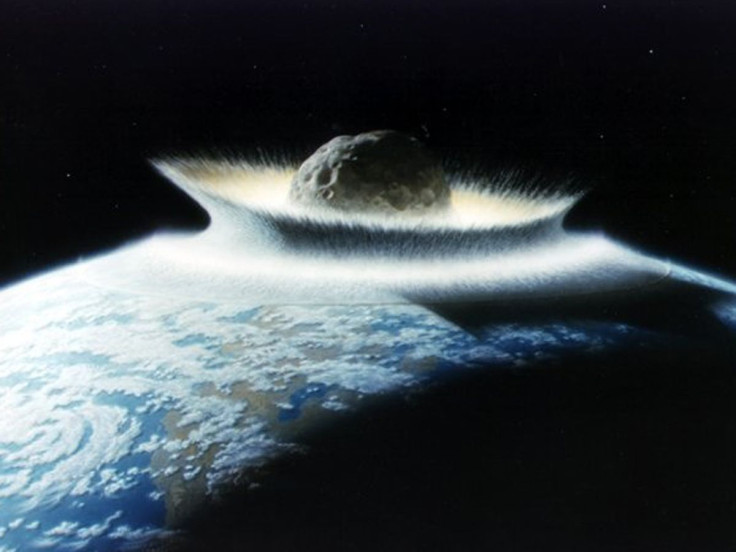World's Largest Asteroid Impact Zone Discovered In Australia

A recently discovered 250-mile area located in the central Australian outback might be the largest asteroid impact crater ever recorded, according to a study published in the journal Tectonophysics. Although the impact is believed to have occurred at least 300 million years ago, the exact date still remains unclear.
A team of scientists from the Australian National University (ANU), which led the study, found two separate impact scars buried deep within Earth’s crust in an area near the borders of South Australia, Queensland and the Northern Territory. The impact was caused by an enormous meteorite that split into two before it hit, with each fragment over 6 miles across, lead researcher Andrew Glikson from ANU said in a statement on Monday.
“It would have been curtains for many life species on the planet at the time,” Glikson said in the statement. “Large impacts like these may have had a far more significant role in the Earth’s evolution than previously thought.”
When the impact zone was discovered in 2013, scientists had initially estimated it to be about 124 miles across, making it the third-largest on record. The latest estimate more than doubles the size of the impact zone. In contrast, a crater found in Mexico’s Yucatan peninsula, created by an asteroid impact that is believed to have wiped out the dinosaurs nearly 66 million years ago, is about 110 miles in diameter.
However, evidence for an extinction event that matches an asteroid collision around 300 million years ago is yet to be discovered, Glikson said in the statement. “I have a suspicion the impact could be older than 300 million years,” he added.
Curiously, evidences left behind by similar asteroid impacts, such as a layer of sediment in rocks formed as a result of rising plume of ash, are also missing from this particular impact zone, making it hard for scientists to figure out the exact date of the collision.
© Copyright IBTimes 2024. All rights reserved.






















